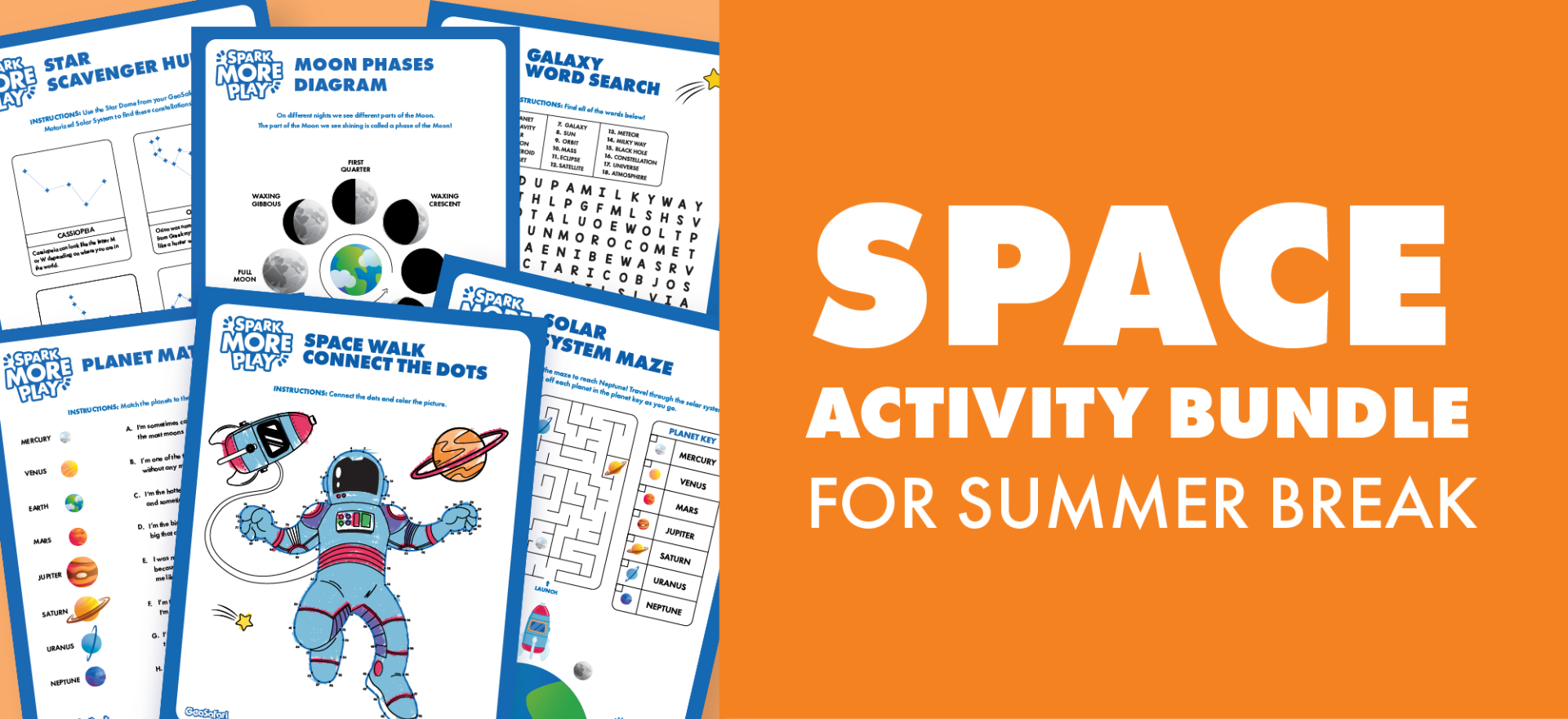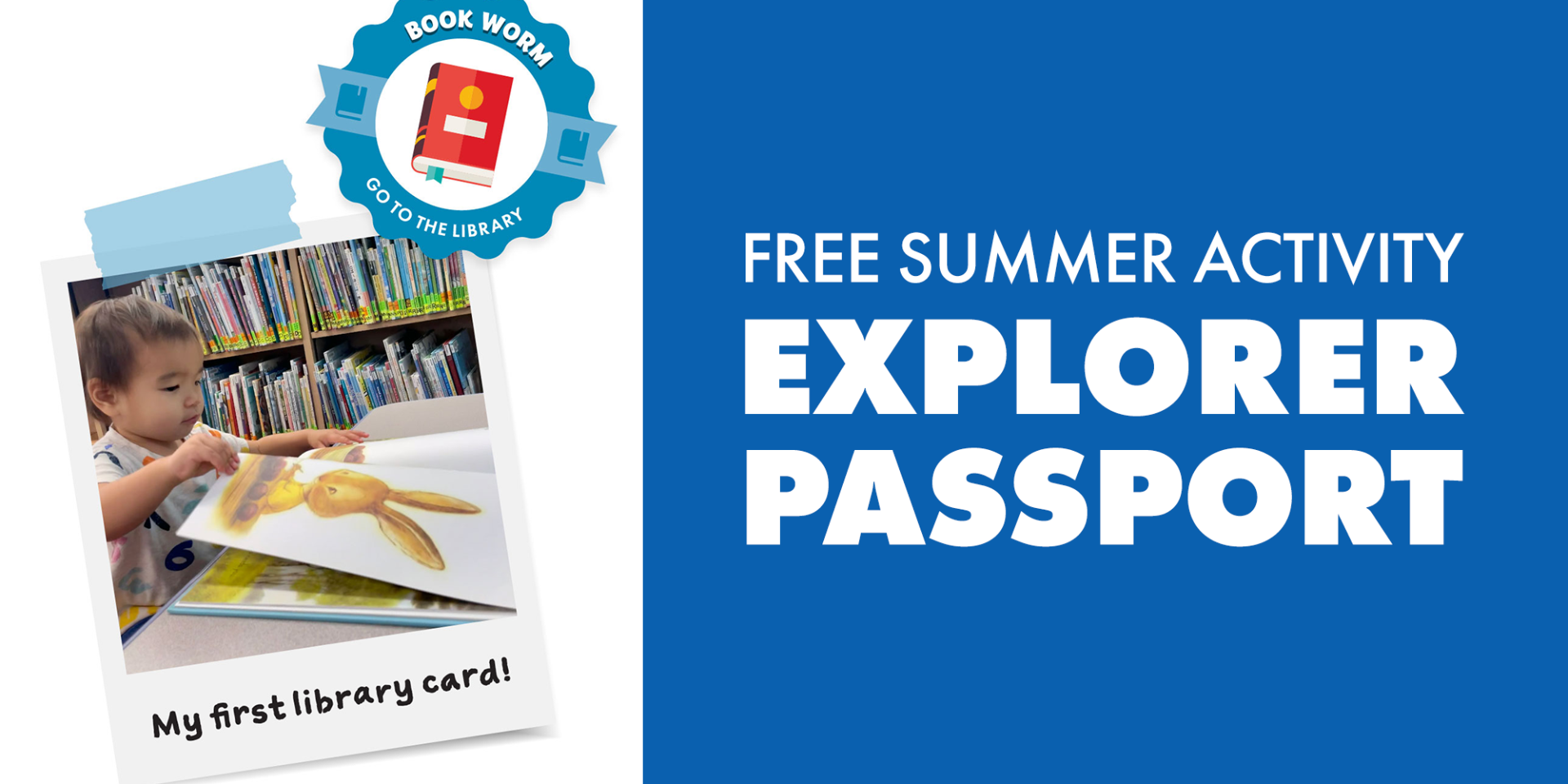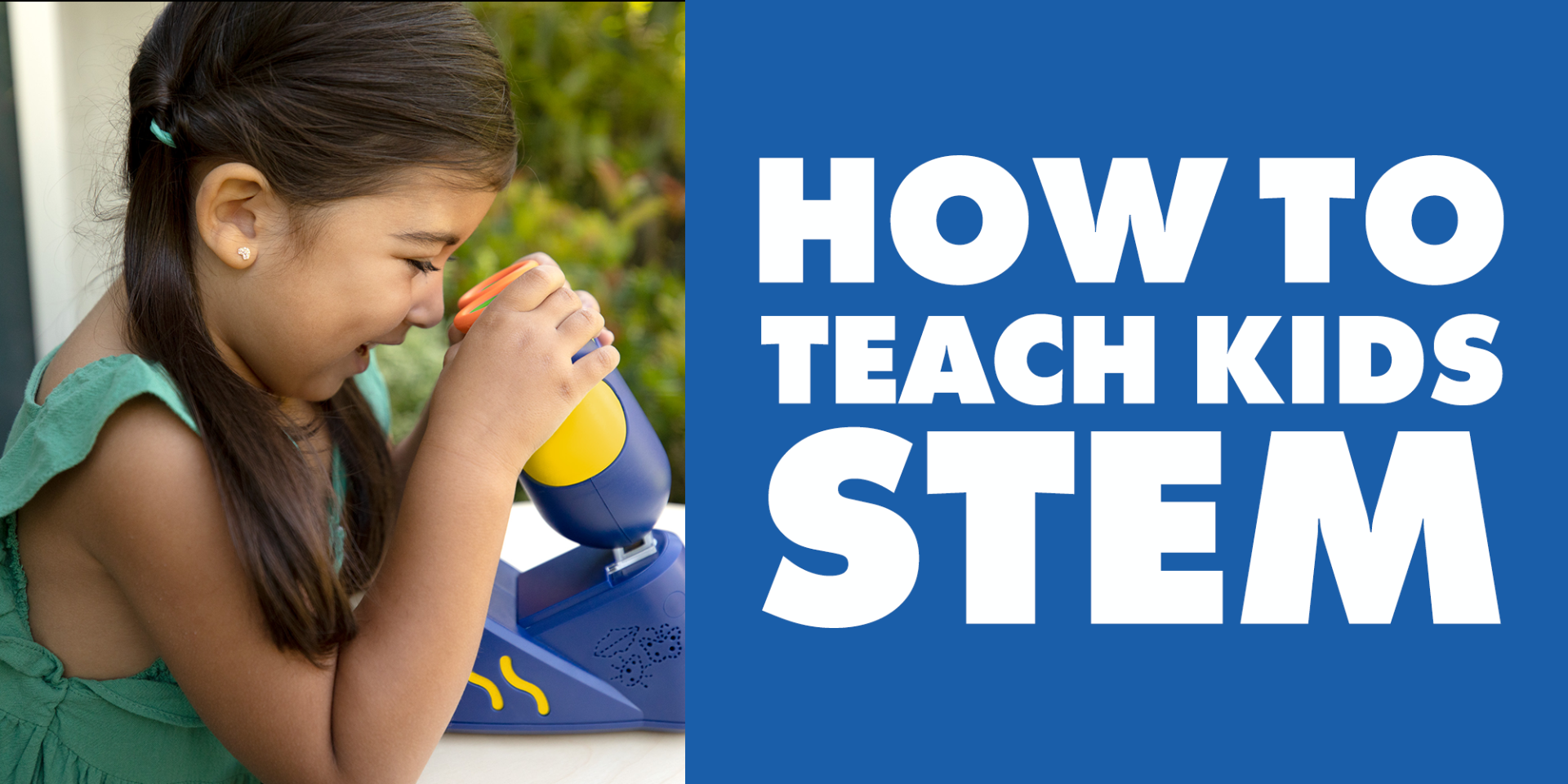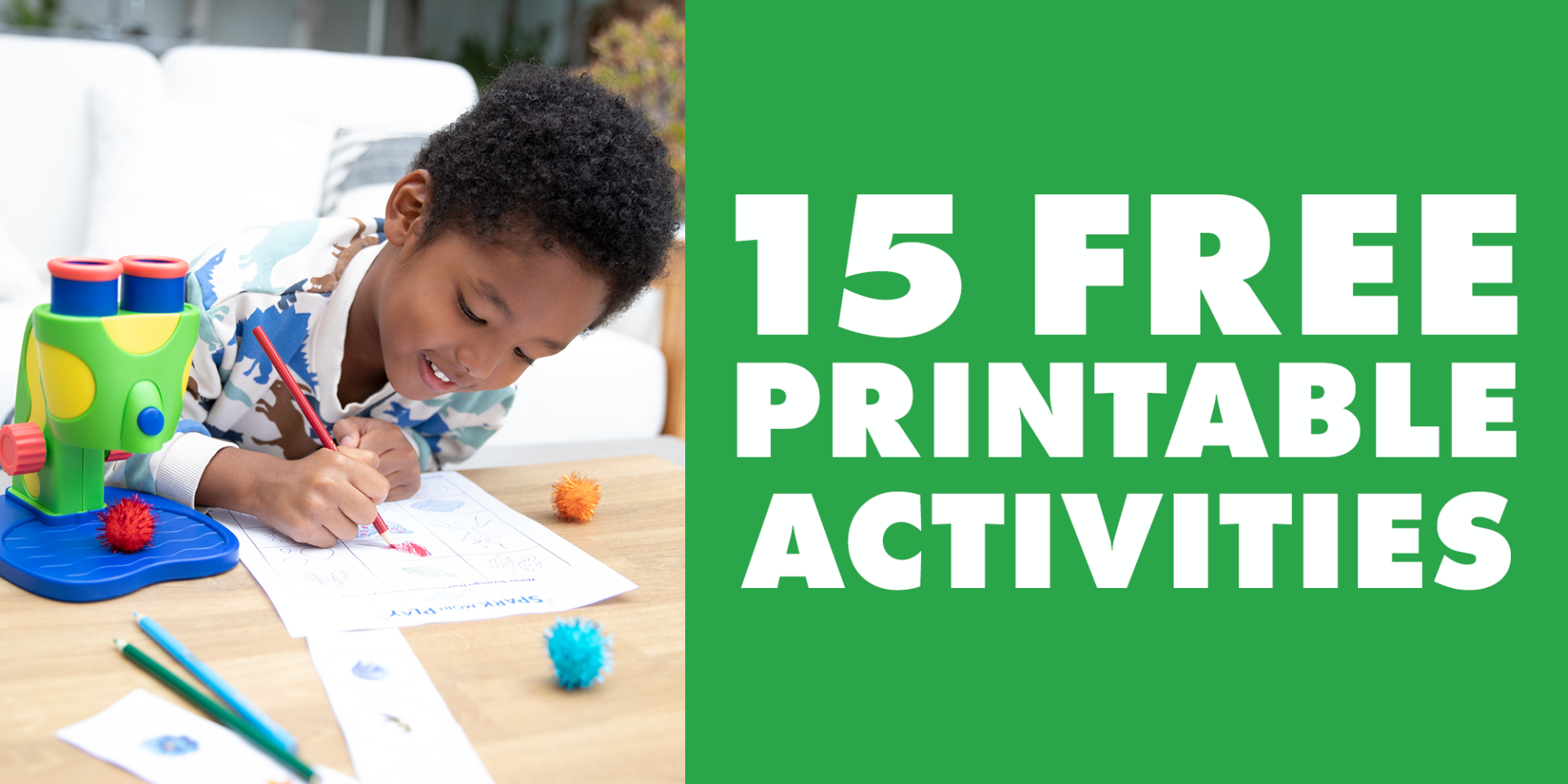
Stimulating to the senses and so much fun to squish and squash, Playfoam® is the perfect addition to any preschool, Kindergarten, or elementary classroom. This squishy sensation is totally non-toxic and comes in an array of cool colors that stay true when mixed, but best of all, Playfoam never dries out—no special storage needed—so your students can use it again and again and you can save your budget for other things! And there are so many ways to incorporate Playfoam into your classroom. The teachers-turned-product-developers at Educational Insights share five of their favorites below, including:
Sensory BinsYou know that sensory bins promote exploration and discovery through totally engaging tactile play. Also known as the feel-good fluffy stuff, calming and soothing Playfoam Pluffle™ is a great multisensory material for your classroom sensory bins! Little kids love to dig, smash, sift and scoop the Pluffle, building those fine motor skills, and older kids can use Pluffle-filled bins to work on sorting, matching, and color, letter, and number identification activities as Pluffle is perfect for hiding magnetic letters and numbers or colored counters! Find fun ideas for Pluffle Sensory bins
here.
 Letter/Number Practice
Letter/Number PracticePlayfoam is the perfect, reusable material for practicing shapes, letters, and numbers. Great for the whole class or as a center activity, challenge your students to sculpt specific shapes out of Playfoam or roll the Playfoam into a tube and bend to form specific letters and numbers. Students can even use Playfoam to spell simple C-V-C words or their names. For many students, tactile, hands-on learning enhances the learning process, making your lessons even more effective (and way more fun). When you’re done for the day, collect the Playfoam in a bowl or bin and set it aside for next time.
 Creativity/Art Time
Creativity/Art TimeWhether you’re providing an array of materials for open-ended art experiences or teaching a specific lesson, Playfoam is perfect for classroom crafts. Include Playfoam alongside the crayons, paints, craft sticks, and pipe cleaners at your free time art station. Or provide a variety of Playfoam colors in lieu of crayons, paints, or clay and guide your students to create tropical fish to support a lesson on habitats or self portraits for social-emotional learning lessons. Find 30 creative Playfoam shaping and molding activities
here.
 Focus Tool
Focus ToolFor many students, particularly those with ADHD, small movements can burn off the excess energy that prevents them from being fully present during your lessons. Fidget tools can help—and so can Playfoam! Place a pod at each student’s desk and let them squish and squash while they listen and learn. You’ll be amazed at their increased ability to focus and concentrate.
 Calming Corner
Calming CornerLittle kids have big feelings and sometimes they need a bit of space to sort them out. In addition to a comfy place to sit and cozy comforts like throw pillows and stuffed animals, you might include books on managing feelings, noise-cancelling headphones, and a few fidget toys to help kids calm and recenter themselves. Playfoam is perfect for your calming corner, providing relief from stress and anxiety through tactile stimulation. A sealed calming tube filled with slow-moving, totally mesmerizing Playfoam Pluffle™ is another great addition.
 Rainy Day Fun
Rainy Day FunKids hanging out in your classroom because of a rainy recess or lunch? Offer Playfoam as an at-desk activity and see which students can sculpt a raindrop, puffy cloud, rainbow, or duckling. Then sing a round of “Rain, Rain Go Away” and shift your sculpting to suns, birds, and beach umbrellas.

There are so many ways to incorporate Playfoam into your everyday lessons and kids can’t get enough of this squishy, squashy sculpting substance. Give Playfoam a go today!
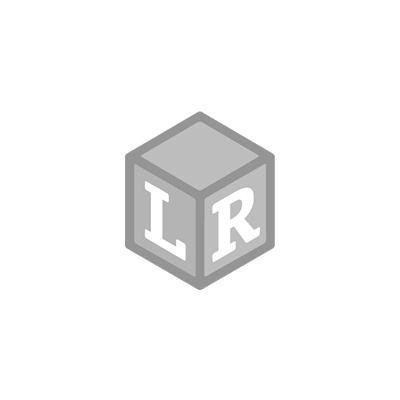
 Stimulating to the senses and so much fun to squish and squash, Playfoam® is the perfect addition to any preschool, Kindergarten, or elementary classroom. This squishy sensation is totally non-toxic and comes in an array of cool colors that stay true when mixed, but best of all, Playfoam never dries out—no special storage needed—so your students can use it again and again and you can save your budget for other things! And there are so many ways to incorporate Playfoam into your classroom. The teachers-turned-product-developers at Educational Insights share five of their favorites below, including:Sensory BinsYou know that sensory bins promote exploration and discovery through totally engaging tactile play. Also known as the feel-good fluffy stuff, calming and soothing Playfoam Pluffle™ is a great multisensory material for your classroom sensory bins! Little kids love to dig, smash, sift and scoop the Pluffle, building those fine motor skills, and older kids can use Pluffle-filled bins to work on sorting, matching, and color, letter, and number identification activities as Pluffle is perfect for hiding magnetic letters and numbers or colored counters! Find fun ideas for Pluffle Sensory bins here.
Stimulating to the senses and so much fun to squish and squash, Playfoam® is the perfect addition to any preschool, Kindergarten, or elementary classroom. This squishy sensation is totally non-toxic and comes in an array of cool colors that stay true when mixed, but best of all, Playfoam never dries out—no special storage needed—so your students can use it again and again and you can save your budget for other things! And there are so many ways to incorporate Playfoam into your classroom. The teachers-turned-product-developers at Educational Insights share five of their favorites below, including:Sensory BinsYou know that sensory bins promote exploration and discovery through totally engaging tactile play. Also known as the feel-good fluffy stuff, calming and soothing Playfoam Pluffle™ is a great multisensory material for your classroom sensory bins! Little kids love to dig, smash, sift and scoop the Pluffle, building those fine motor skills, and older kids can use Pluffle-filled bins to work on sorting, matching, and color, letter, and number identification activities as Pluffle is perfect for hiding magnetic letters and numbers or colored counters! Find fun ideas for Pluffle Sensory bins here. Letter/Number PracticePlayfoam is the perfect, reusable material for practicing shapes, letters, and numbers. Great for the whole class or as a center activity, challenge your students to sculpt specific shapes out of Playfoam or roll the Playfoam into a tube and bend to form specific letters and numbers. Students can even use Playfoam to spell simple C-V-C words or their names. For many students, tactile, hands-on learning enhances the learning process, making your lessons even more effective (and way more fun). When you’re done for the day, collect the Playfoam in a bowl or bin and set it aside for next time.
Letter/Number PracticePlayfoam is the perfect, reusable material for practicing shapes, letters, and numbers. Great for the whole class or as a center activity, challenge your students to sculpt specific shapes out of Playfoam or roll the Playfoam into a tube and bend to form specific letters and numbers. Students can even use Playfoam to spell simple C-V-C words or their names. For many students, tactile, hands-on learning enhances the learning process, making your lessons even more effective (and way more fun). When you’re done for the day, collect the Playfoam in a bowl or bin and set it aside for next time. Creativity/Art TimeWhether you’re providing an array of materials for open-ended art experiences or teaching a specific lesson, Playfoam is perfect for classroom crafts. Include Playfoam alongside the crayons, paints, craft sticks, and pipe cleaners at your free time art station. Or provide a variety of Playfoam colors in lieu of crayons, paints, or clay and guide your students to create tropical fish to support a lesson on habitats or self portraits for social-emotional learning lessons. Find 30 creative Playfoam shaping and molding activities here.
Creativity/Art TimeWhether you’re providing an array of materials for open-ended art experiences or teaching a specific lesson, Playfoam is perfect for classroom crafts. Include Playfoam alongside the crayons, paints, craft sticks, and pipe cleaners at your free time art station. Or provide a variety of Playfoam colors in lieu of crayons, paints, or clay and guide your students to create tropical fish to support a lesson on habitats or self portraits for social-emotional learning lessons. Find 30 creative Playfoam shaping and molding activities here. Focus ToolFor many students, particularly those with ADHD, small movements can burn off the excess energy that prevents them from being fully present during your lessons. Fidget tools can help—and so can Playfoam! Place a pod at each student’s desk and let them squish and squash while they listen and learn. You’ll be amazed at their increased ability to focus and concentrate.
Focus ToolFor many students, particularly those with ADHD, small movements can burn off the excess energy that prevents them from being fully present during your lessons. Fidget tools can help—and so can Playfoam! Place a pod at each student’s desk and let them squish and squash while they listen and learn. You’ll be amazed at their increased ability to focus and concentrate. Calming CornerLittle kids have big feelings and sometimes they need a bit of space to sort them out. In addition to a comfy place to sit and cozy comforts like throw pillows and stuffed animals, you might include books on managing feelings, noise-cancelling headphones, and a few fidget toys to help kids calm and recenter themselves. Playfoam is perfect for your calming corner, providing relief from stress and anxiety through tactile stimulation. A sealed calming tube filled with slow-moving, totally mesmerizing Playfoam Pluffle™ is another great addition.
Calming CornerLittle kids have big feelings and sometimes they need a bit of space to sort them out. In addition to a comfy place to sit and cozy comforts like throw pillows and stuffed animals, you might include books on managing feelings, noise-cancelling headphones, and a few fidget toys to help kids calm and recenter themselves. Playfoam is perfect for your calming corner, providing relief from stress and anxiety through tactile stimulation. A sealed calming tube filled with slow-moving, totally mesmerizing Playfoam Pluffle™ is another great addition. Rainy Day FunKids hanging out in your classroom because of a rainy recess or lunch? Offer Playfoam as an at-desk activity and see which students can sculpt a raindrop, puffy cloud, rainbow, or duckling. Then sing a round of “Rain, Rain Go Away” and shift your sculpting to suns, birds, and beach umbrellas.
Rainy Day FunKids hanging out in your classroom because of a rainy recess or lunch? Offer Playfoam as an at-desk activity and see which students can sculpt a raindrop, puffy cloud, rainbow, or duckling. Then sing a round of “Rain, Rain Go Away” and shift your sculpting to suns, birds, and beach umbrellas. There are so many ways to incorporate Playfoam into your everyday lessons and kids can’t get enough of this squishy, squashy sculpting substance. Give Playfoam a go today!
There are so many ways to incorporate Playfoam into your everyday lessons and kids can’t get enough of this squishy, squashy sculpting substance. Give Playfoam a go today! Shop UK Site
Shop UK Site 
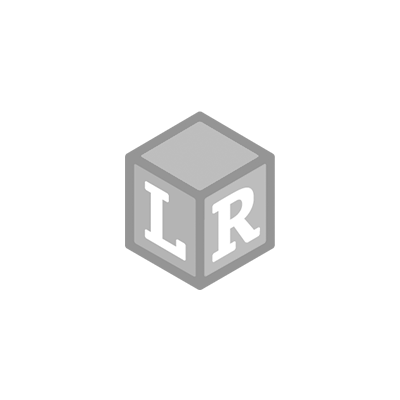
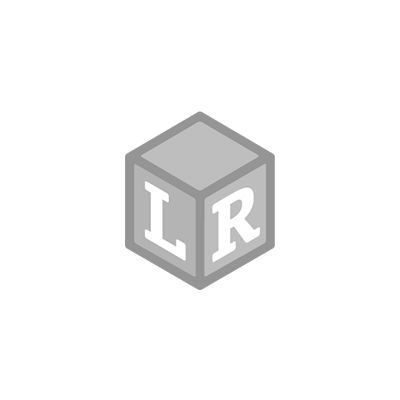
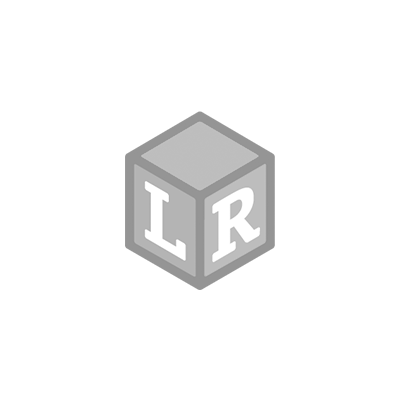

 2. Pencils, Crayons, and MarkersInclude basic graphite pencils as well as colored pencils (chunky sizes are easier for little hands). Go for washable markers and be sure to separate each type of supply into its own cup or bin so kids can easily find what they need.
2. Pencils, Crayons, and MarkersInclude basic graphite pencils as well as colored pencils (chunky sizes are easier for little hands). Go for washable markers and be sure to separate each type of supply into its own cup or bin so kids can easily find what they need. 3. Paints and PaintbrushesWatercolors are wonderful for quick and easy painting projects. Tempera paints are washable and come in a huge range of colors that sticks to paper, cardboard, cloth, and even wood. They’re also great for finger painting! You’ll want to stock your cart with several sizes of kid-friendly paintbrushes, as well as a cup for water, a plastic palette, and a smock.
3. Paints and PaintbrushesWatercolors are wonderful for quick and easy painting projects. Tempera paints are washable and come in a huge range of colors that sticks to paper, cardboard, cloth, and even wood. They’re also great for finger painting! You’ll want to stock your cart with several sizes of kid-friendly paintbrushes, as well as a cup for water, a plastic palette, and a smock. 4. Sculpting MaterialsEncourage 3-D creativity with sculptable materials like air dry clay (or Fimo for older kids). Non-toxic, moldable
4. Sculpting MaterialsEncourage 3-D creativity with sculptable materials like air dry clay (or Fimo for older kids). Non-toxic, moldable 
 Once you’ve stocked your art cart with the basics, you may need a bit of inspiration. Visit our
Once you’ve stocked your art cart with the basics, you may need a bit of inspiration. Visit our 
